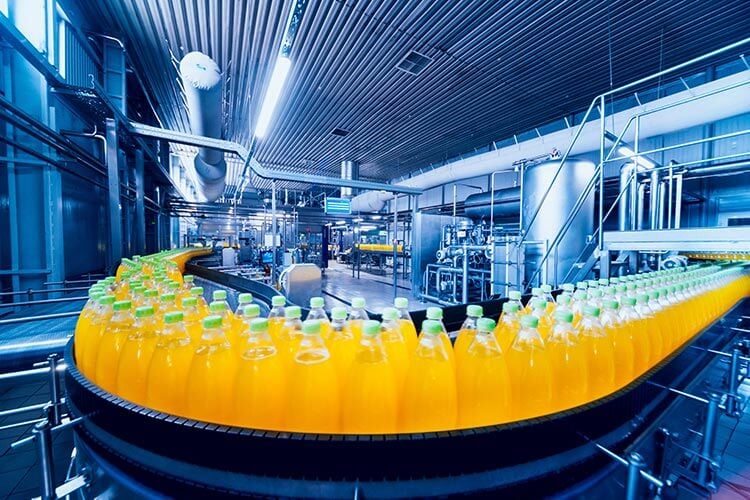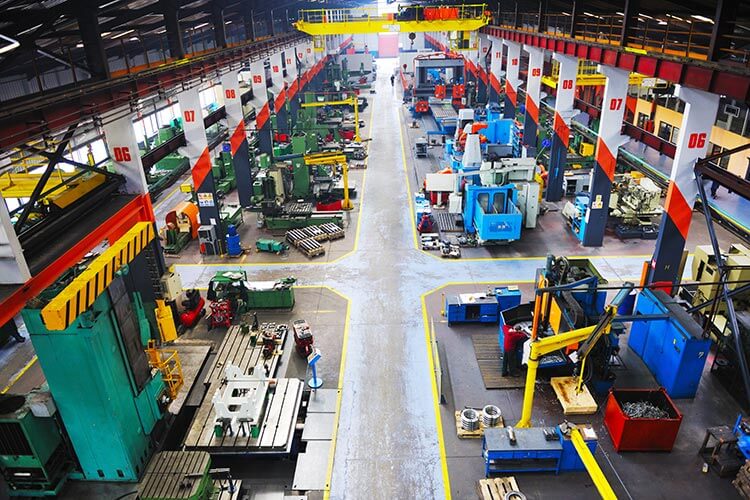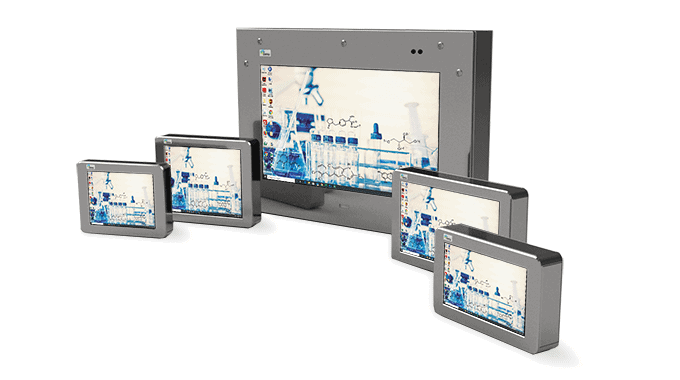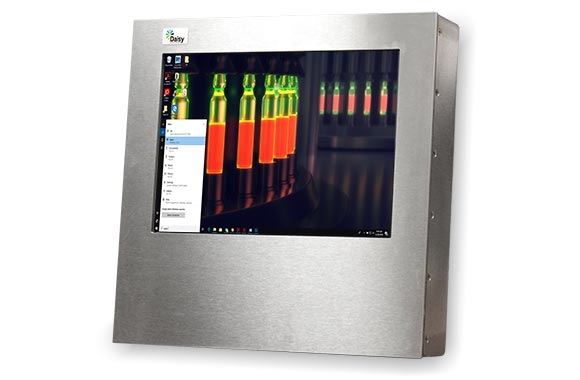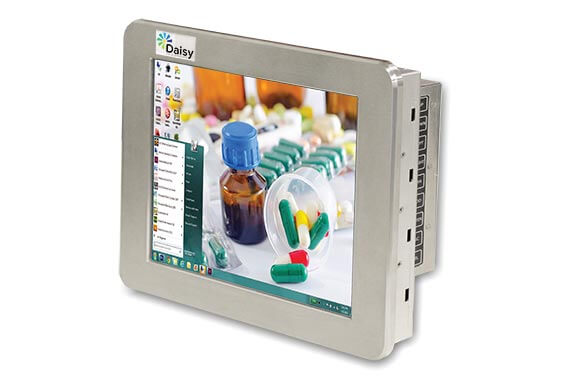Recommended Products for Manufacturing & Processing
NEMA 4X Washdown Computer | 4150AA Series
- 15, 15.6″, 19, 21.5″, 24″ or 42” LCD Color Displays
- Rugged Multi-Touch Projected Capacitive Shatterproof Touch Screen
- Displays feature on Screen Display (OSD)
- Viewing Cone up to 170°
- Resolutions to 1920 x 1080
- Up to 400 nits Standard Brightness
- Intel® Atom™ Quad Core 1.91GHz Processor
15.6″ Division 2 Hazardous Area Desktop Monitor | 2573DB
- FM-Approved Non-Incendive Technology
- 15.6” LCD Color Display
- Displays feature On Screen Display (OSD)
- Viewing Cone up to 170°
- Resolutions to 1920×1080
- 350 nits Standard Brightness
- Power Supply (90-264 VAC) Included
- Impact Resistant Polycarbonate Viewing Window
NEMA 4X Industrial Panel Mount Computer | 4570AB Series
- 15, 15.6″, 19, 21.5″, 24″ or 42” LCD Color Displays
- Rugged Multi-Touch Projected Capacitive Shatterproof Touch Screen
- Displays feature on Screen Display (OSD)
- Viewing cone up to 170°
- Resolutions to 1920 x 1080
- Up to 400 nits Standard Brightness
- Intel® Atom™ Quad Core 1.91GHz Processor



